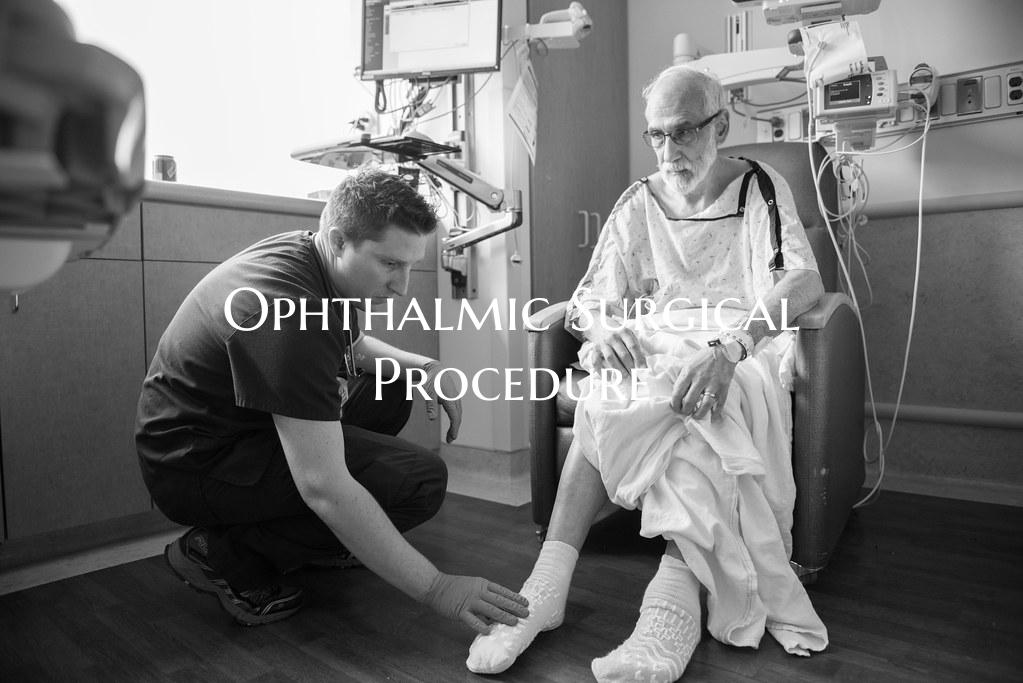
Ophthalmic Surgical Procedure
Introduction: Ophthalmic surgical procedures are critical interventions that aim to address various eye conditions and ensure optimal eye health for patients. With advancements in technology and surgical techniques, ophthalmic surgeons can now provide effective solutions for a wide range of eye problems, from cataracts and glaucoma to retinal diseases and refractive errors. This article delves into the world of ophthalmic surgery, highlighting its significance, common procedures, and the benefits it offers to patients.
Significance of Ophthalmic Surgical Procedures: Ophthalmic surgical procedures play a crucial role in restoring and preserving vision for individuals affected by eye diseases and conditions. These procedures are designed to correct structural abnormalities, remove obstructions, and improve visual acuity, ultimately enhancing the quality of life for patients. By addressing issues such as cataracts, retinal detachment, and corneal disorders through surgery, ophthalmologists can help patients regain their vision and maintain ocular health.
Common Ophthalmic Surgical Procedures: 1. Cataract Surgery: Cataract surgery is one of the most common ophthalmic procedures performed worldwide. During this surgery, the clouded natural lens of the eye is removed and replaced with an artificial intraocular lens, restoring clear vision for the patient.
2. Laser Eye Surgery: Laser eye surgery, such as LASIK and PRK, is used to correct refractive errors like nearsightedness, farsightedness, and astigmatism. By reshaping the cornea with a laser, these procedures can reduce or eliminate the need for glasses or contact lenses.
3. Glaucoma Surgery: Glaucoma surgery aims to lower intraocular pressure to prevent further damage to the optic nerve. Procedures like trabeculectomy and minimally invasive glaucoma surgery (MIGS) are performed to manage glaucoma and preserve vision.
4. Retinal Surgery: Retinal surgery is performed to treat conditions affecting the retina, such as retinal detachment, macular degeneration, and diabetic retinopathy. Techniques like vitrectomy are used to repair retinal damage and improve visual outcomes.
Benefits of Ophthalmic Surgical Procedures: - Improved Vision: Ophthalmic surgery can significantly enhance visual acuity and clarity for patients suffering from various eye conditions. - Enhanced Quality of Life: By addressing vision problems and restoring eye health, surgical procedures contribute to a better quality of life for individuals. - Minimally Invasive Techniques: Advancements in ophthalmic surgery have led to the development of minimally invasive procedures, resulting in faster recovery times and reduced post-operative discomfort for patients.
Conclusion: Ophthalmic surgical procedures are instrumental in treating a wide array of eye disorders and conditions, allowing patients to regain vision and preserve ocular health. With continuous advancements in technology and surgical techniques, ophthalmologists can deliver safe, effective, and personalized care to individuals in need of vision correction and eye disease management. By undergoing ophthalmic surgery, patients can look forward to improved vision, enhanced quality of life, and a brighter outlook on their eye health journey.